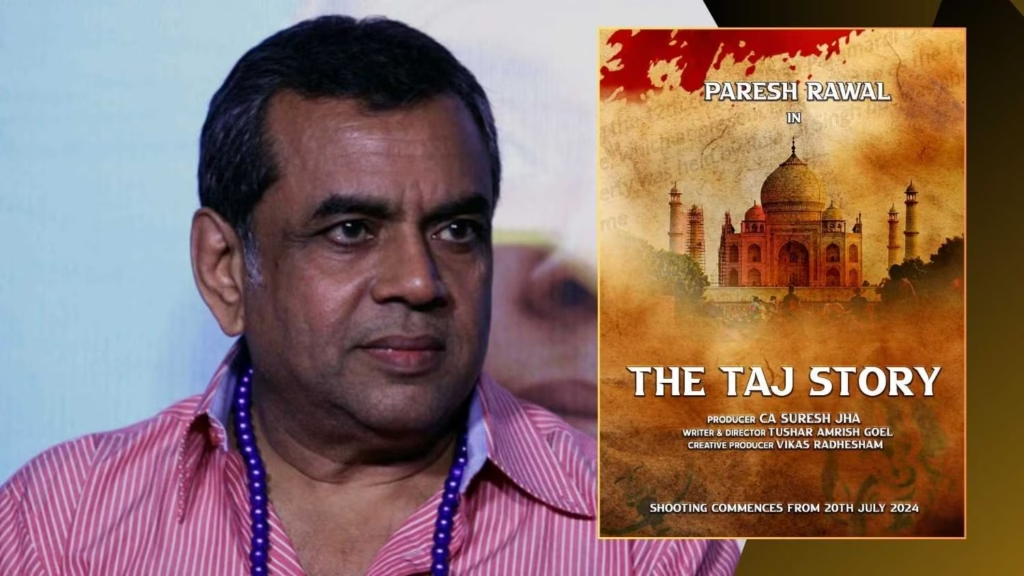
Taj Mahal is one of India’s undisputed icons, a dazzling white marble fantasy that has enthralled the world for centuries. We all know its history, don’t we? The eternal saga of an emperor’s love, a monument constructed by Shah Jahan in honor of his beloved wife, Mumtaz Mahal. It’s a tale that is imprinted in our schoolbooks and travel brochures. But what if that tale, the one we all believe to be true, is only one half of a much larger and more enigmatic coin?
This same question now reverberates from the silver screen, thanks to theatre veteran Paresh Rawal and the latest film, The Taj Story. The promotional campaign for the movie has already caused waves on the net, compelling the country to reexamine the monument and ask: what is the real tale behind those iconic walls? The teaser simply asks the question, headfirst into the very center of Taj Mahal’s greatest enigma: tomb or temple?
A Teaser That Speaks a Thousand Controversial Words
The recently dropped teaser of The Taj Story is a class in generating suspense. It begins not with a bang, but with the serene, awe-inspiring beauty of the Taj Mahal itself. We are shown Paresh Rawal’s character, likely a historian or an investigator, gazing at the monument with a look of reflection. His voiceover starts with what we all concur on, referring to it as “one of the seven wonders of the world, a fine example of architectural prowess.”
Then, however, the tone drops a notch. The scene is interrupted with forceful, juxtaposed sound effects—the soft tolling of temple bells and the continuous beat of a damroo come together perfectly with the Azaan in the distance. It’s a soundscape meant to depict the two opposing narratives about the monument. Rawal then throws down the deciding line: “For some, it is a tomb… and for some, it is a temple.” He then involves us, the audience, in the question, asking, “What do you think is its story?”
This one line is the spark that ignites the whole controversy. It doesn’t give an answer, but daringly legitimates the question. By situating the movie around this very central question, the creators are riding a long-burning, decades-old controversy that has been simmering in the subconscious of Indian politics and history. The teaser is more of an offer than a trailer.
The Motion Poster Debacle: How Social Media Outrage Broke Out
To fully appreciate this teaser, let us go back to the firestorm that broke out just a few weeks earlier. The motion poster of the film had anything but subtlety. It had a striking visual: a huge Lord Shiva idol dramatically rising up from the principal dome of the Taj Mahal. This imagery was a direct, unambiguous reference to the contentious theory that the Taj Mahal was initially a Hindu temple by the name of Tejo Mahalaya dedicated to Lord Shiva.
The reaction on social media was sharp and vehement. Historians, cultural observers, and countless citizens held the filmmakers responsible for manipulating history, serving up pseudoscience, and communalizing unnecessarily a national icon. The reaction was so strong that it led to the team into a precipitous retreat. The motion poster was deleted from the web, and Paresh Rawal himself went to his official X (formerly Twitter) handle to put up a formal disclaimer from the production house.
The disclaimer was an obvious damage-control effort. It read, “The producers of the film The Taj Story make it clear that the film has nothing to do with any religious issues, and that it does not state that a Shiv temple is located inside the Taj Mahal. It is all about historical facts.” This abrupt about-turn left everybody bewildered. Was the movie retreating from its fundamental premise, or was this a tactical decision to soothe frayed nerves before the theatrical release?
Decoding the Disclaimer: A Strategic Retreat or a Clever Misdirection?
The disclaimer sparked a wonderful paradox. It outright denies that the film makes a claim that there is a Shiva temple inside the Taj Mahal. And, at the same time, the new teaser still leans so heavily on the “tomb vs temple” discourse. So what exactly is the position of The Taj Story? This contradiction can be interpreted as a shrewd narrative move.
By officially disavowing the most extreme formulation of the theory, the producers may be attempting to place their movie in the wholesome, fact-driven investigation category and not a work of incendiary propaganda. The teaser promises to “unveil the facts” and investigate “an untold story based on historical facts.” This provides them with a cover to pursue the contentious claims as academic investigation while maintaining the overall question of Taj Mahal’s biggest mystery: tomb or temple?
It’s a classic marketing strategy—generate immense buzz with a provocative claim, then slightly pull back to appear reasonable, thereby attracting both the curious and the skeptical. The controversy has already guaranteed the film a level of publicity that a traditional marketing campaign could never achieve.
The Historical Roots of the Temple Theory
Though the movie projects it as an “untold story,” such a theory about the Hindu origin of the Taj Mahal is not new. It has been spread for decades by some historians and writers, best known by P.N. Oak in his 1989 book “Taj Mahal: The True Story.” According to Oak, the monument was initially a Rajput palace and Shiva temple that Shah Jahan took over, redesigned, and renamed. Its advocates refer to several bits of “evidence.” These are some elements in architecture that they assert are Vedic in style, including the motif of the lotus and finials of the kalash type. They also mention sealed, buried chambers and rooms, propounding that they conceal old Hindu artifacts.
In addition, they challenge official accounts of the garden plan and the riverfront to suggest that they resemble Hindu temple design more than Islamic tomb style. Mainstream historians and archaeological institutions, such as the Archaeological Survey of India (ASI), have been rejecting these allegations consistently and strongly. They offer a plethora of evidence, ranging from Mughal-era court records, construction accounts, and the writings of European visitors, that scrupulously describe the construction of the Taj Mahal as a mausoleum over a span of 22 years. They point out that the architectural synthesis is a natural feature of Mughal art, which tended to include local influences.
Why Does This Question Ring So True in Contemporary India?
The Taj Mahal’s greatest mystery: tomb or temple? question is not just an architectural or historical argument. It is a highly charged political and cultural symbol in modern India. The Taj Mahal, constructed by a Mughal emperor, embodies a reign of Islamic domination in the subcontinent. For some, reopening its history is a means of reclaiming a lost Hindu heritage perceived by them.
It is part of a broader frame of looking back at history, challenging dominant colonial and post-colonial versions of history, and reclaiming a new cultural ownership over national monuments. The controversy is thus as much a commentary on contemporary identity politics as on history. A movie like The Taj Story, by bringing this controversy into cinema halls, is necessarily engaging in this larger socio-cultural discourse.
It provides a popular, visual expression to arguments so far limited to history books, political orations, and furious social media debates. The ability of cinema to influence popular opinion is vast, and the creators are well aware of this burden—and of its commercial potential.
Beyond the Controversy: What Can We Expect from The Taj Story?
Aside from the fiery controversy, what would The Taj Story turn out to be? With its cast of powerful actors such as Paresh Rawal and Zakir Hussain, it would be anything but a dull documentary. The tone of the teaser is indicative of a historical thriller, an investigation drama in which characters are searching for a secret truth.
We can anticipate a story that follows the character of Rawal as he reconstructs clues, searches through forgotten papers, and maybe faces opposition from organizations that want to maintain the “official” account. The casting of actors such as Amruta Khanvilkar and Sneha Wagh indicates there will be personal tales and emotional trajectories bound up with the main mystery.
The creative task for director-writer Tushar Amrish Goel will be to pen an engaging drama that rings true for viewers, whatever side of the historical argument they are on. Will the movie take a balanced approach, or will it strongly tilt towards one verdict? The disclaimer warns us to be cautious, but the teaser announces revelation.
The Verdict is Yours: Engage, Question, and Discover
The real success of The Taj Story’s publicity drive is that it has done what it set out to do: it has made everyone talk. Between living rooms and internet forums, Indians are once more debating the history of one of their most iconic landmarks. The film has positioned itself as the key that will open “the secret chamber” of the empire.
As we wait for its release on October 31, the responsibility is now ours, the viewers. Do we approach it with an open mind? Do we take this as a jumping-off point to know more about our own rich, complex heritage from multiple sources? The film could give us one interpretation, but the quest for discovery does not finish in the cinema hall. The controversy surrounding Taj Mahal’s biggest mystery: tomb or temple? is a reminder that history is not usually a plain, straightforward thing. It is a breathing, living subject that is endlessly interpreted and re-interpreted. The Taj Story is the next installment in this never-ending interpretation.If it sheds light on the enigma or throws it deeper still is something that will become apparent only when the lights go down and the tale is told large-screen.”. Will you be watching to see?
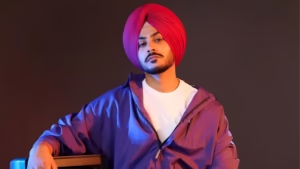
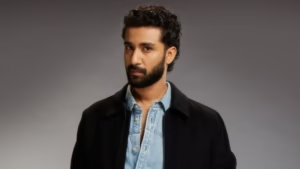






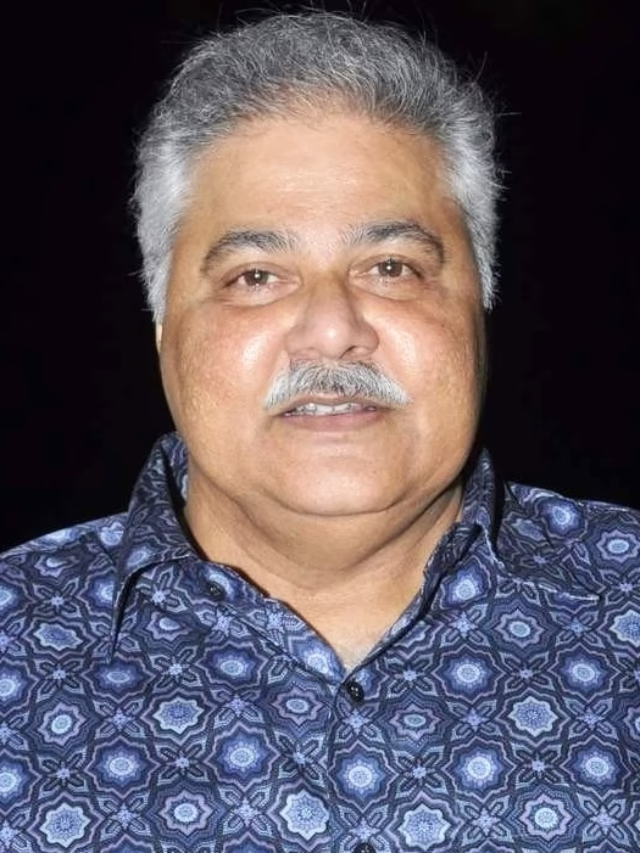
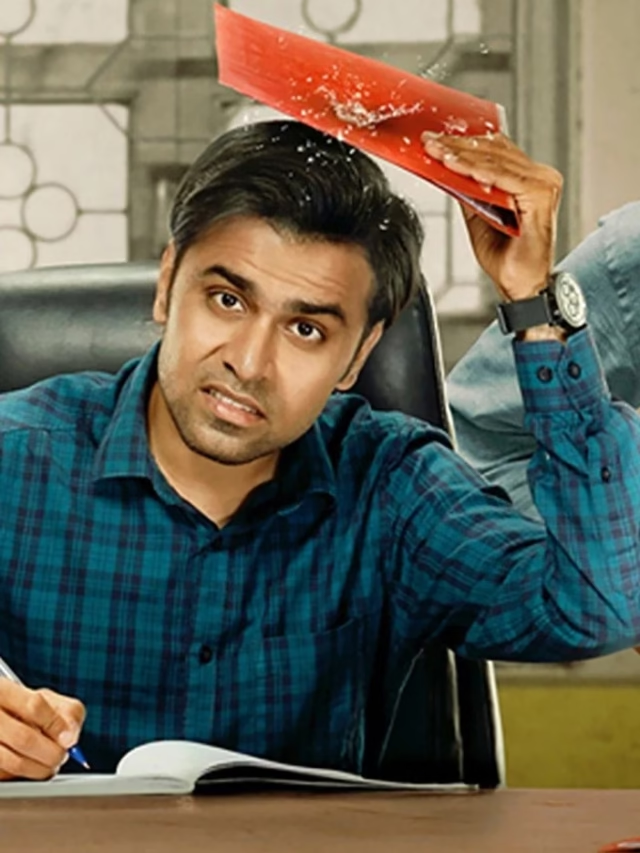
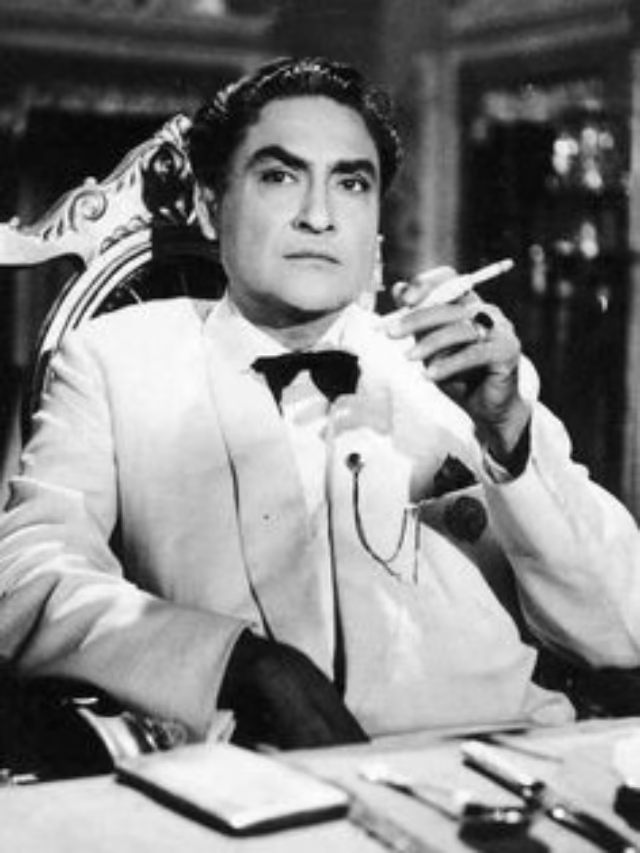





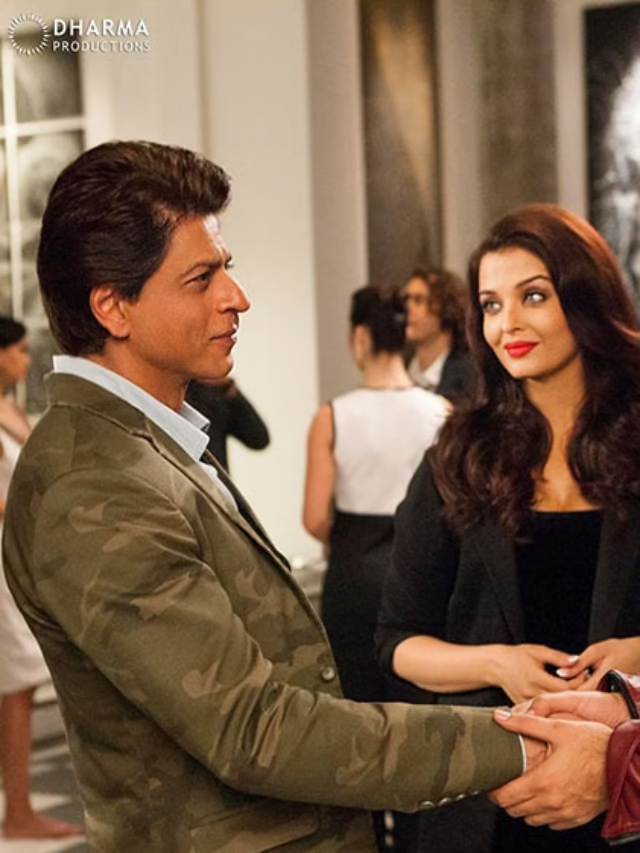


Pingback: Hrithik Roshan Takes OTT by Storm! Actor Turns Producer for Prime Video’s Bold New Series - SpicySaga Blogs